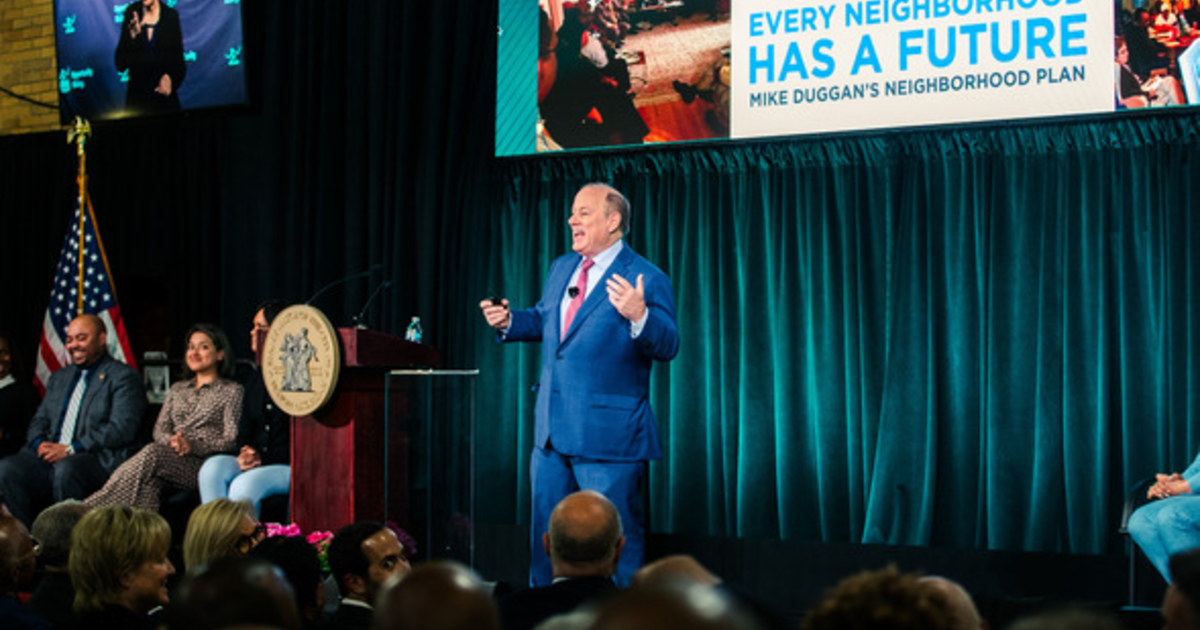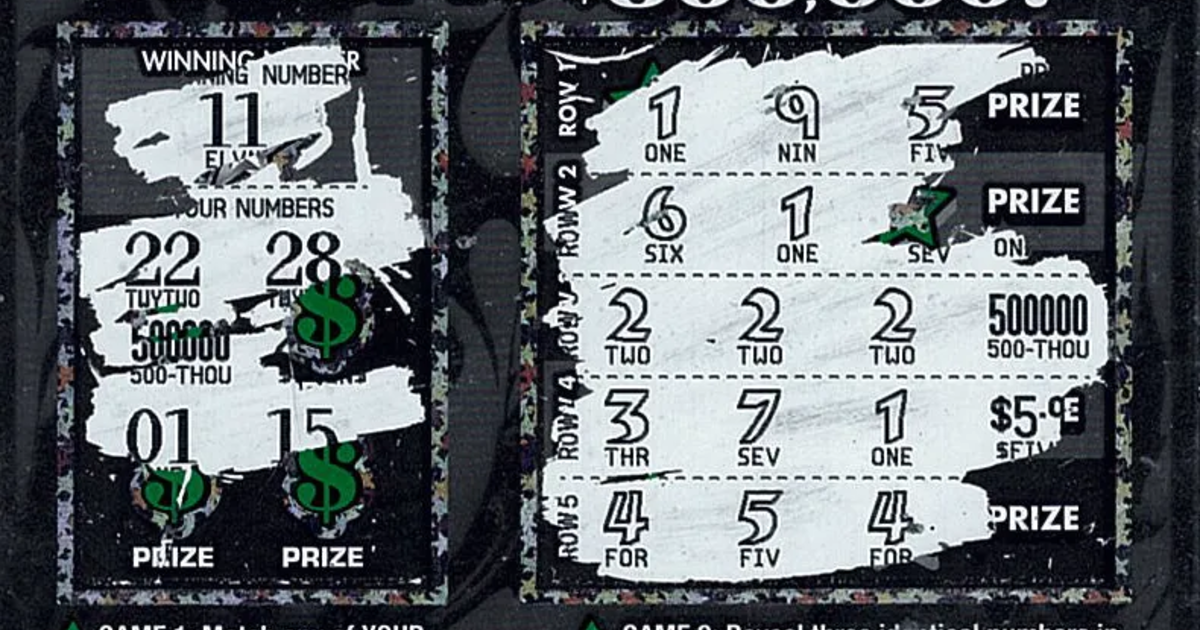Tech Tour Day Six: Ferris Tech Fantastic
BIG RAPIDS -- We're a long way from the log cabins in which Ferris State University founder Woodbridge N. Ferris was born, way back in 1853.
But the university he and his wife Helen founded as the Big Rapids Industrial School in 1884 hasn't really strayed all that far from its roots.
It's still a place where you go to learn the science behind trades, from welding to plastic molding to rubber making to heating systems to construction.
But it's also stayed with the times in fields like robotics and green technologies.
And it still believes that real wealth is being created by building stuff.
"We're not backing off on manufacturing, we're building up for it," said Ron McKean, associate dean of Ferris State's College of Engineering Technology.
I got a look at some of the newest engineering technology programs in Big Rapids Tuesday, Day Six of the Great Lakes Innovation and Technology Report's 2012 Fall Tech Tour.
My day began at Ferris State's National Elastomer Center for a meeting with McKean and several other professors. Major additions at this building, which houses the school's plastics molding and rubber fabrication programs, include a remotely programmable robotics cell and robotics classes to go with it.
The College of Engineering Technology has also submitted a proposal to the university for three-dimensional printing equipment, which will include multidisciplinary use of 3D printing equipment.
-----------------------------------------------------------
Next up was a visit to Ferris State's high-tech welding shop with Jeff Hardesty, program coordinator and associate professor of welding engineering technology.
Ferris State has enough equipment to let in a new "cohort" of 50 students per semester for its welding program. The program is jammed -- next year's openings are already filled, and Ferris has started a summer program to squeeze in another 15 welding students who can weld in the summer and take their other courses in the fall and spring.
They start with the simplest forms of welding, using oxygen and acetylene, then move into various kinds of electrical arc welding. The school also has two Fanuc welding robots and a two-kilowatt laser cutter-welder that the students can train on, and a brand-new high-powered X-ray system to test the students' welds.
Hardesty got his bachelor's and master's degree at one of the few other schools offering an academic program in welding, Ohio State. He came to Ferris State in 2004 after working at Delphi Corp. from 1994 to 2004.
Hardesty said he got out of private industry and into academics because "I saw a little bit of the writing on the wall in the manufacturing sector, and I had enjoyed teaching while working on my Masters." He picked up a master's degree in technical education at Ferris State "to help me become a better teacher."
Hardesty said the Ferris welding student body is now flipped in terms of where it's going to work-- from two-thirds getting jobs in Michigan after graduation back when Hardesty started teaching to today, when two-thirds move out of state to get jobs after graduation. "Right now John Deere has more of our graduates on the job than anybody," he said.
At Ferris, students get an associate's degree in welding technology after two years. About 30 of the 50-student cohort stays another two years for a bachelor's degree in welding engineering technology.
He said those associate's degree welders earn a living of about $40,000 a year to start, and the bachelor's graduates about $60,000.
-------------------------------------------------------------------
Next up was a visit with Robert G. Speirs III, professor of plastics engineering technology. He's in his 26th year at Ferris after graduating from the University of Massachusetts and spending six years in private industry.
The biggest change in plastics over that time, Speirs said, is that "20 years ago, if you could make a good plastic product you could make money. Now, yhou really can't make and market a product unless you can make a good plastic product and make it pretty."
The other trend, Speirs said, is precision -- tolerances of .001 inch, from .01 inch in the past.
Ferris State now has about 125 students in rubber and plastics out of its 14,000 enrollment, and Speirs said that "if I had 250 kids I wouldn't wince, because there's so much opportunity. We just had 110 companies at a job fair here, 35 looking for plastics and rubber graduates."
Speirs said much of this demand is from southeast Michigan, and that Ferris is planning to boost its enrollment efforts there.
--------------------------------------------------------
Ferris' College of Engineering Technology also has a new dean, J.K. Yates.
A civil engineering graduate of the University of Washington and Texas A&M, Yates was most recently distinguished professor and construction management department head at Western Carolina University. Before that she was department chair for construction management at North Dakota State.
Yates said she was attracted to Ferris because of the "diversity of degree programs in the College of Engineering Technology . We offer 13 associates degrees and 18 bachelor's degrees, which is highly unusual."
Yates said Ferris is doing pretty much everything right except tooting its own horn.
"I think everything they're doing here they're doing right," she said. "The only changes I would make is to let more people know. When I came here I called this place a well-guarded secret."
There are 1,932 students currently in the college, and Yates said it could fairly easily handle 2,500.
It's split into four schools -- the School of the Built Environment, which includes architecture, facilities management, construction management, and heating and cooling; the School of Manufacturing and Welding; The School of Automotive and Heavy Equipment; and the School of Engineering and Computing Technology.
New programs include a bachelor's degree in architecture and sustainability, which is growing rapidly.
The school is also designing a medical devices degree program, and is working with Northwestern Michigan College in Traverse City on a certificate program in hydrographic engineering. NMC's Maritime Academy also uses Ferris' campus for technology and welding courses.
-------------------------------------------------------
Ferris is also working on a new program and mechatronics, according to Brian D. Brady, associate professor of mechanical engineering technology.
Brady, a Kettering University and Univeristy of Illinois graduate in mechanical engineering, joined Ferris seven years ago.
"We have a lot of the components of what would be a mechatronics program, but they're in silos -- electrical, mechanical, computer networking, IT and computer programming," Brady said. "Mechatronics links and connects them."
A four-course certificate program in mechatronics will come first, followed by a bachelor's degree program, Brady said. Mechatronics engineers can help smaller operations save money, and larger operations be leaner and faster-moving, he added.
He said it ould be about a year and a half before the full program was in place -- the fall of 2014 for the bachelor's degree program, the certificate probably sooner.
---------------------------------------------------------------------
I wrapped up my visit to Ferris State with the school's human powered vehicle team that will race next spring in the ASME Human Powered Vehicle Challenge. Ferris State is hosting the event in Big Rapids, April 26-28.
Three students in mechanical engineering technology -- Eric Demarath, a junior from Shepherd; Andrew Gierz, a senior from Hudsonville, and Beth Patterson, a junior from Byron Center, told me that the three-wheel, chain-drive bike will hit speeds of more than 30 mph.
But in competition, they'll be taking on 30 to 35 competitors from all over the eastern United States and Canada.
The team is seeking sponsors for both the Ferris team and for the competition overall. Those with more questions -- or who just want to start writing big checks -- should email Brady at bradyb@ferris.edu or Demerath at demerae@ferris.
-------------------------------------------------------------------------
All in all, it was another terrific day on the Tech Tour, more evidence that Michigan technology can hang with anyplace in the country. Wednesday it's Laker time at Grand Valley State University. See you there!



